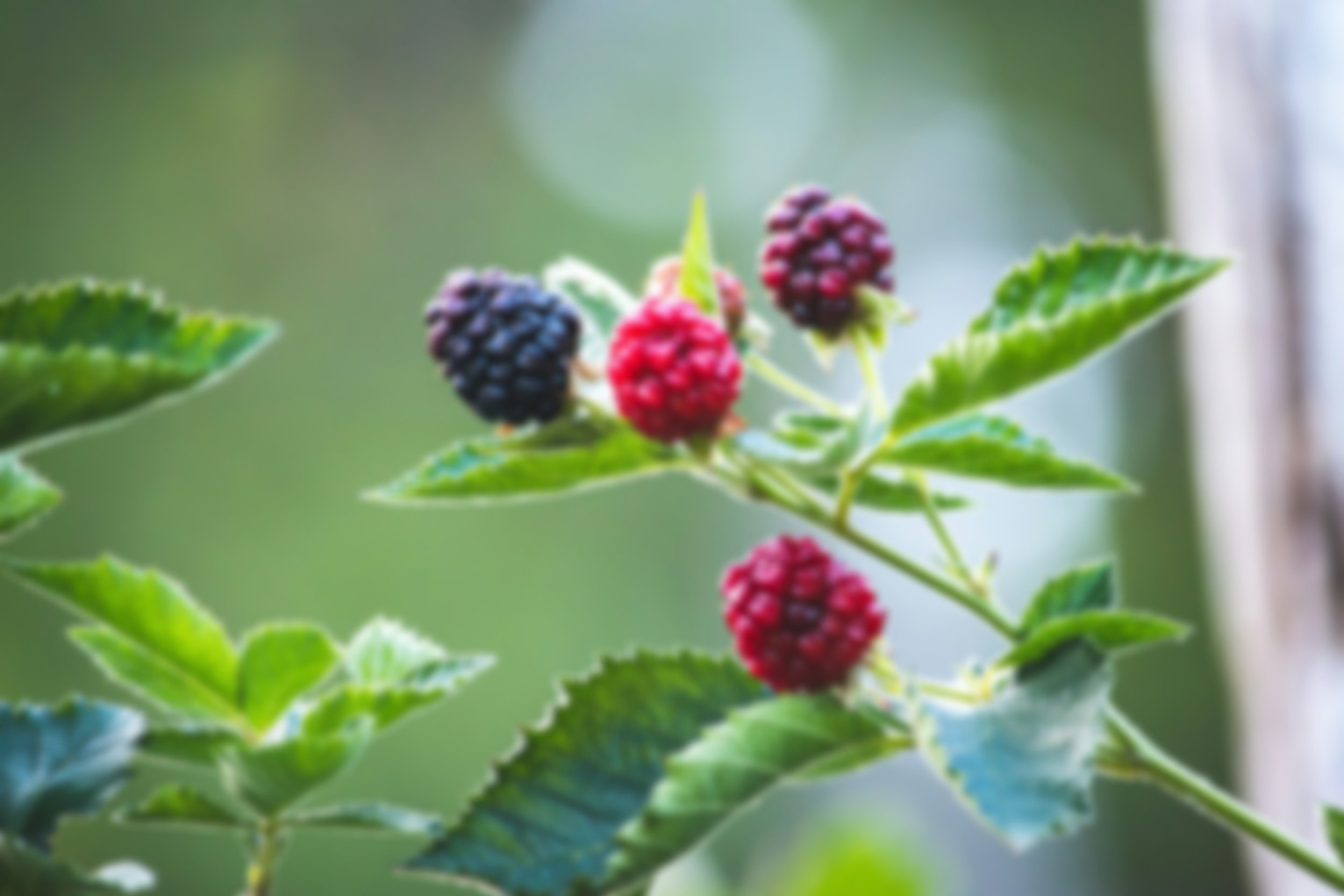
Edible Gardens & Food Forests
Grow Food, Strengthen Community
Edible gardens make growing your own food easy and accessible, whether in raised beds, containers, or backyard plots. These gardens provide a steady supply of fruits, vegetables, and herbs while reducing grocery costs and enabling a healthier lifestyle. They also beautify neighborhoods, improve community resilience, and lead to a deeper connection with nature.
A Self-Sustaining Food System
Food forests are designed to function like natural ecosystems, layering fruit trees, berry shrubs, vines, herbs, and perennial vegetables to create an abundant, low-maintenance food source. These thriving landscapes improve soil health, attract pollinators, and require minimal watering or fertilizers. In cities, they provide green spaces that cool urban areas, support biodiversity, and strengthen community resilience.

Food Security & Ecological Urban Planning
Access to fresh, healthy food is a right - not a privilege. Yet, 15.2% of Richland County residents face food insecurity. We transform underutilized spaces into thriving edible landscapes, empowering individuals, schools, and businesses to take control of their food sources while restoring the environment.
Our food forests and edible gardens:
Expand Access to Fresh Food – Affordable, homegrown alternatives to expensive grocery produce.
Repurpose Spaces – Turning vacant lots, schoolyards, and backyards into productive ecosystems.
Support Pollinators & Regenerate Soil – Enhancing biodiversity, air, water, and soil health.
Educate & Inspire – Hands-on learning in sustainable gardening and permaculture.
Strengthen Community Resilience – Reducing dependence on external food systems.



